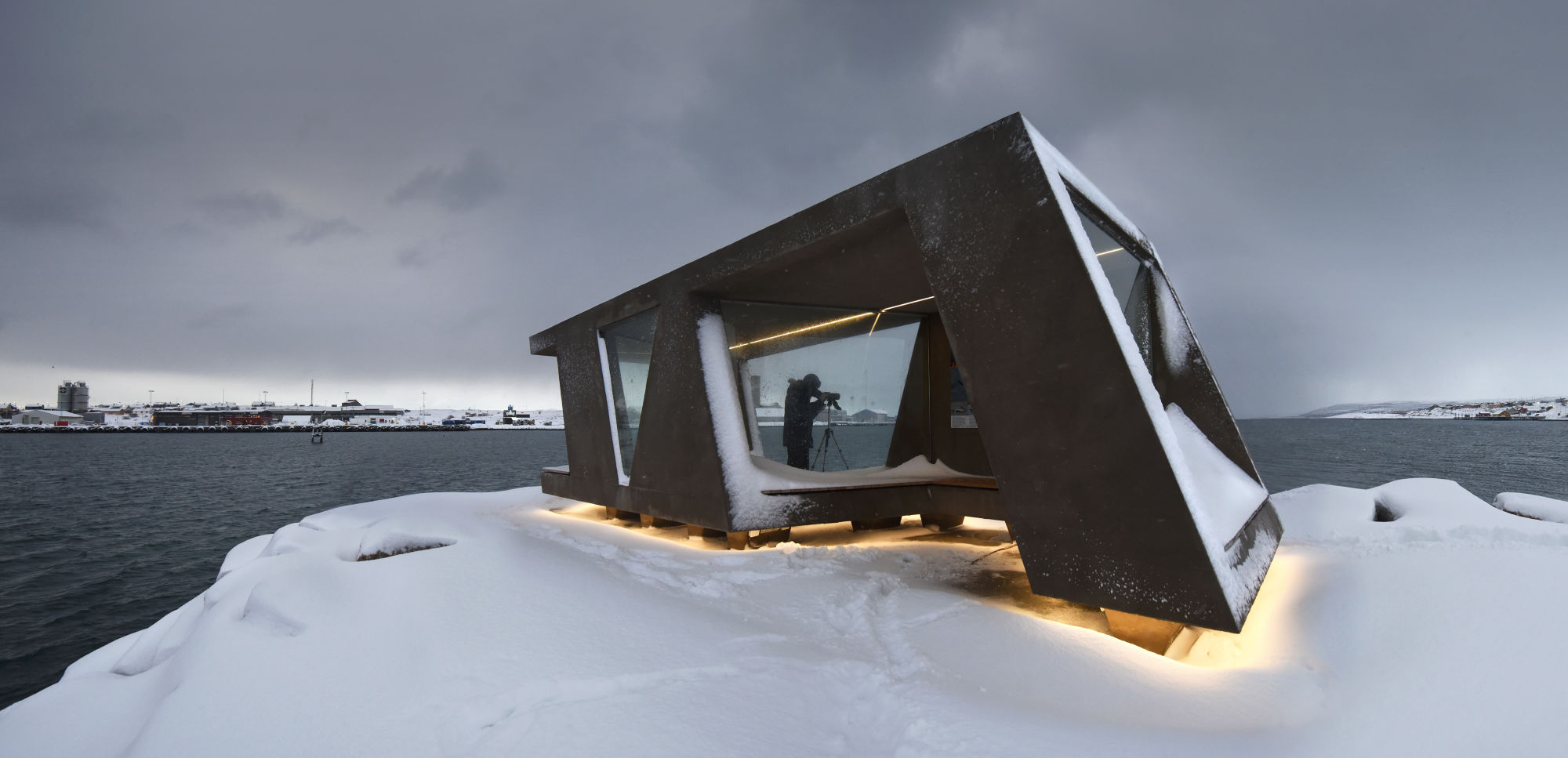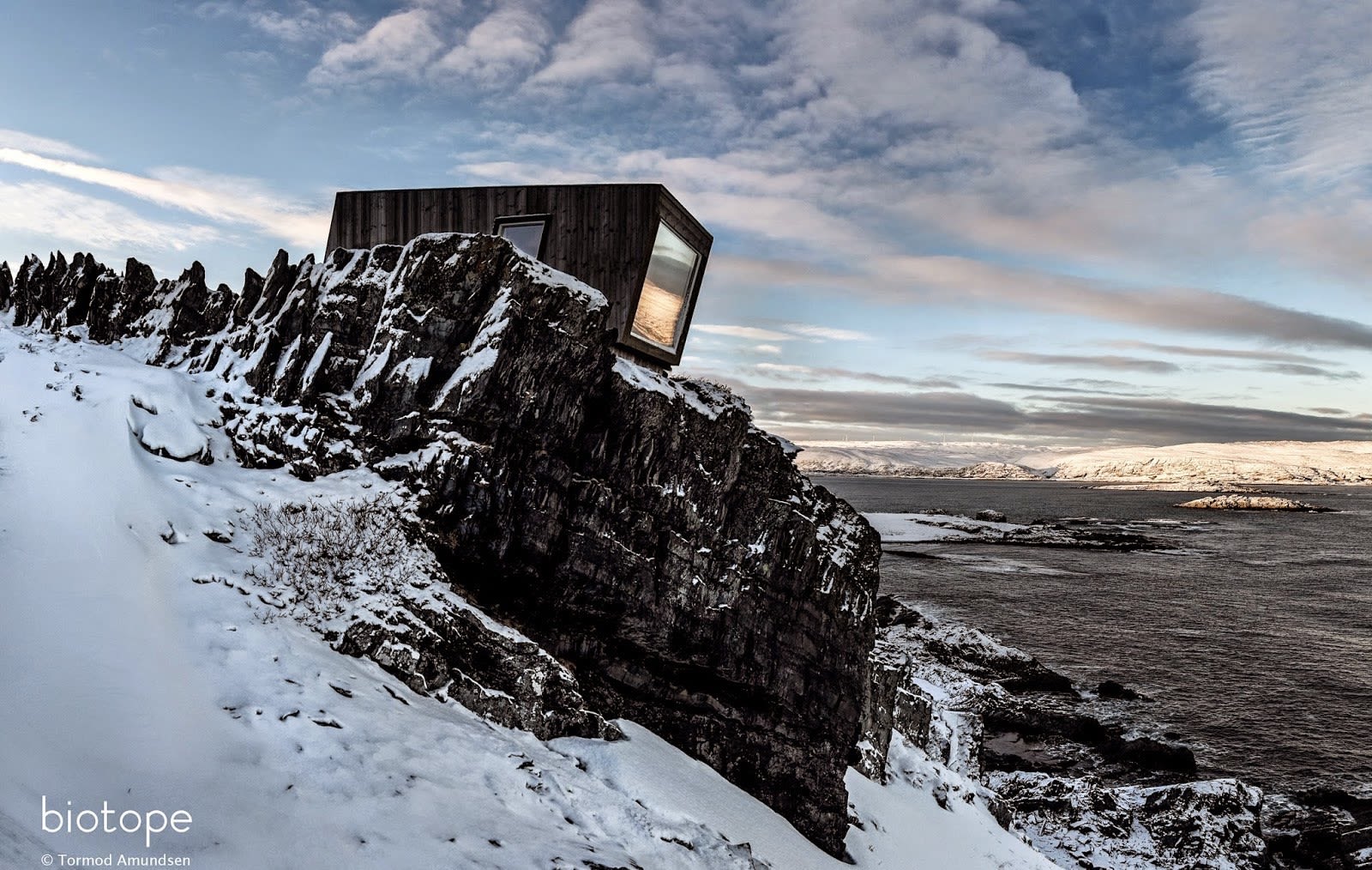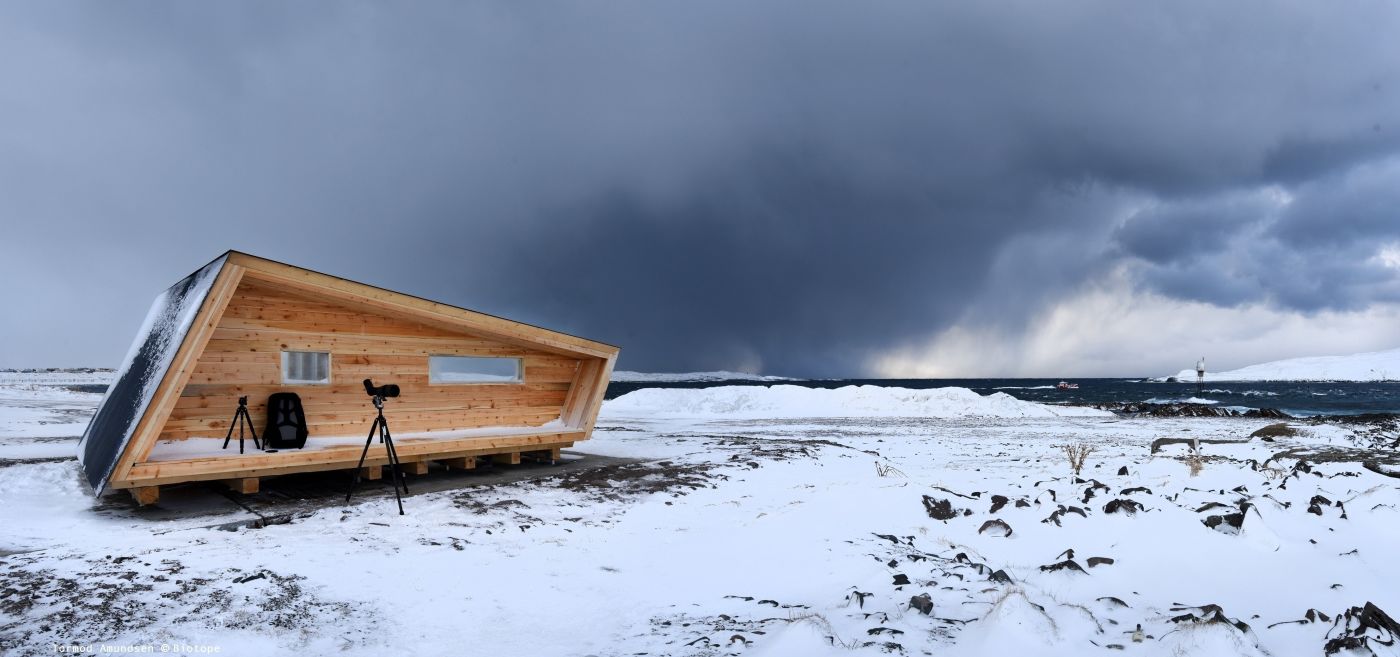AS A LITTLE CHILD, I ALWAYS KNEW I WOULD WORK WITH NATURE. I WAS INTO FISH, ANIMALS, FLOWERS, WHALES, AND DINOSAURS. WHEN I REALIZED BIRDS WERE ESSENTIALLY THE PEAK OF DINOSAUR EVOLUTION, I WENT ALL IN ON BIRDING, AND MY PASSION FOR BIRDS HAS ONLY GROWN FROM YEAR TO YEAR.
Tormond AmundsenAnother key aspect of my background is the Norwegian concept of ‘bålkos’: the art of enjoying the moment. All you need is a fire (‘bål’) in the great outdoors and the time and comfort to enjoy it. I spent countless days and nights in nature, often building a temporary structure for shelter during the night. It became my passion to create the ultimate ‘bålkos’ conditions. I don’t know how many times I have sat around a fire, enjoying listening to the hooting Pygmy Owls in the background and watching Siberian Jays visiting my camp for an easy snack.
Initially I thought I was going to become a biologist, but my creative side got the better of me. To make a long story short, years later, after much traveling and a master’s degree in architecture, I realized that I had to become a birding architect. During my studies I rarely met any architects who worked with nature. To me, architects seemed to dwell in the fields of culture and urbanism and the word ecology never seemed to feature. I realized that my passion for birds and nature could be combined with the field of architecture. This was the thought that was to evolve into the realization of Biotope: an architectural office that seeks to bring people and nature closer together.
We develop our hides and shelters based on the character of the location, sight lines, and wind direction. They carefully balance the need for visibility in order to attract and concentrate human activities, the practical requirements of the birders, and sensitivity to the needs of the birds.

The small structures are thus kept as plain as possible, usually a shelter built around basic seating and protected from the snow and wind by two, three, or very occasionally four walls. They are by no means intended for overnighting. Architecture is a tool to protect and promote birds, wildlife, and nature. After all, people will protect and care for what they learn to appreciate. My job is to connect people with nature.
BÅLKOS
The wind shelter in our home town of Vardø is the ultimate homage to ‘bålkos’ – it contains two niches so that, regardless of the wind and weather direction, you can always find shelter. But more than that, it is open, keeping you in touch with the world around you; providing shelter without separation. An open campfire is also naturally essential to the ‘bålkos’ experience. Vardø is further north than Point Barrow in Alaska and further east than Istanbul. Conditions are often harsh, even in summer, when it is a popular place for locals to visit to enjoy the view and a nice campfire. It is, however, in winter when it really comes into its own for birders, as flocks of thousands of Steller’s Eiders and Long-tailed Ducks collect in the Varanger Fjord, not to mention the more than 14,000 King Eiders and 17,000 Common Eiders that have been counted here. Truly a spectacle you have to see to believe!
VADSØ BREAKWATER SHELTER
When designing a wind shelter for the Vadso Harbor, we opted for concrete, the dominant material in this environment. During the winter storms in Varanger, the extreme position of the breakwater hide means it will sometimes be hit by large waves. The core structure of the hide is designed to withstand forceful winter storms and potentially heavy waves. Hard lines and strong angles take the industrial and functional design of port buildings and add an element of beauty to them. Large windows and benched coves invite birders to take shelter while sorting through the gulls for the odd Glaucous Gull or something even more special.

THE SPECTACLE
The Kongsfjord cliff wind shelter sits on top of a crag on the far northern end of the Varanger Peninsula, affording spectacular views of the Barents Sea. The hard, angular lines of the dark wood reflect the harshness of the stark sea cliffs. The large panoramic glass window mirrors the sky and landscape while providing much-appreciated shelter from arctic winds and snows. Most of the Biotope shelters in Arctic Norway are open, but the extreme nature of this position meant that this shelter needed to be fully enclosed to allow frozen birders to thaw out while scanning for seabirds. The wood inside the hide is light and richer in color, helping to create a warming atmosphere when inside.

This photo was taken in early December, when there is barely any daylight and the freezing temperatures make this bird hide a very welcoming place. That night, the Northern Lights put on a show that I will always remember. I also felt privileged to be an architect working in such extreme but also awe-inspiring conditions.
THE BIRDING
The North Vardø wind shelter is the bird hide I use the most. Looking north, there is nothing but water until you reach the Arctic ice pack. This is where I bring my SWAROVSKI OPTIK spotting scope and spend hours sea gazing. Sheltered from the Arctic winds, I can enjoy great views of sea ducks, numerous gull species, and the bird cliff Hornøya, which is just within scoping distance to be able to identify Brünnich’s Guillemots and a lot of other seabirds. This is my Arctic birding patch.















